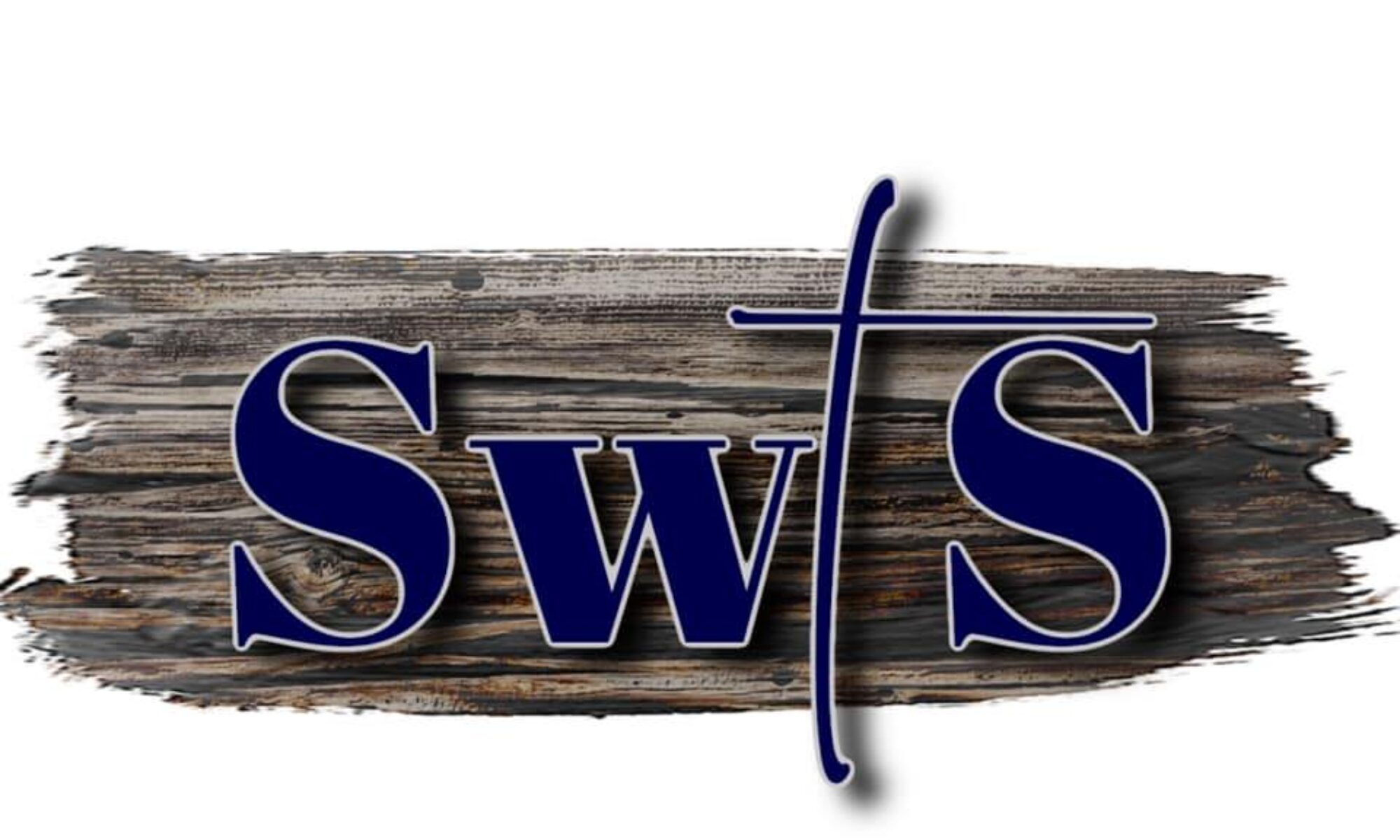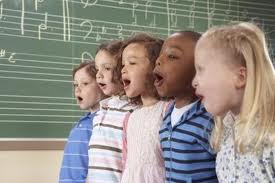Last time we discussed the idea of, “…recognizing the music, but not the words?” It’s important to note that the opposite can be true too. Sometimes I’ll recognize the words, but can’t place the tune. Let’s continue to investigate and determine the idea of METER. (Note: Some have been know to refer to “meter” as the time signature. For example, saying that a song has 4/4 meter means that it is sung in 4/4 time. This use of the word “meter” is not applicable in this dialogue.)
It’s important to note that the opposite can be true too. Sometimes I’ll recognize the words, but can’t place the tune. Let’s continue to investigate and determine the idea of METER. (Note: Some have been know to refer to “meter” as the time signature. For example, saying that a song has 4/4 meter means that it is sung in 4/4 time. This use of the word “meter” is not applicable in this dialogue.)
If you are unsure of the tune for a particular hymn, you can use any tune which has the same meter. However, it is best to match the ‘musical rhythms’ with the ‘literary rhythms’ in order to match the tune with the correct mood. Fortunately some of our hymnals have lists of tunes sorted by meter; such as “Songs of Faith and Praise”, page 1042. This is great help to introduce a new thought (song) with a familiar tune. In addition, I would recommend checking out the extensive list found on the Cyberhymnal web site (www.cyberhymnal.org) and search under the tab Tunes by Meter.
In some cases, you might see a “D” added to the end of a meter. This means that the meter repeats itself…to be clear, it’s “doubled”. An example of this can be found in the song I Heard the Voice of Jesus Say by Horatius Bonar. We see it has eight lines. The first four lines are in Common Meter, as are the second four lines (86 86 and 86 86). That is what makes the meter for this hymn CMD (Common Meter, Doubled: 86 86 D). In addition, an interesting note comes for those who might have seen “86 86D w/Refrain” in regards to the meter of the song. This means that the verses are in Common Meter, Doubled, plus a refrain. An example of this song could be found in John Yakes song, Faith is the Victory. In order to determine the meter of the refrain, you’ll simply need to count syllables.
Some hymns do not have a regular meter, either because there is no consistent number of syllables per line, or because the number of syllables per line is not consistent in the verses. Examples include The Battle Belongs to the Lord by Jamie Owens-Collins or E.M Barlett’s song, Victory in Jesus. Such songs will have the notation “Irregular.”
For almost four century, it was common for a congregation to sing/know only about 10-12 specific tunes. It was believed during this time that this was a adequate number of tunes for any congregation to handle with efficiency. Historians believe and stand by the idea that all songs with Common Meter were sung to with the same one or two tunes. The same was true for Short Meter and Long Meter.
Please keep in mind, as you ‘experiment’ with different tunes and match up different words (creating ‘new songs’), you will want to find ones in which 1) the meter fits, 2) the proper mood is established (words match tempo and rhythms), and 3) start with songs and tunes which you know, you can learn and you are able to teach. Singing with understanding is important…even as we consider the meter!


